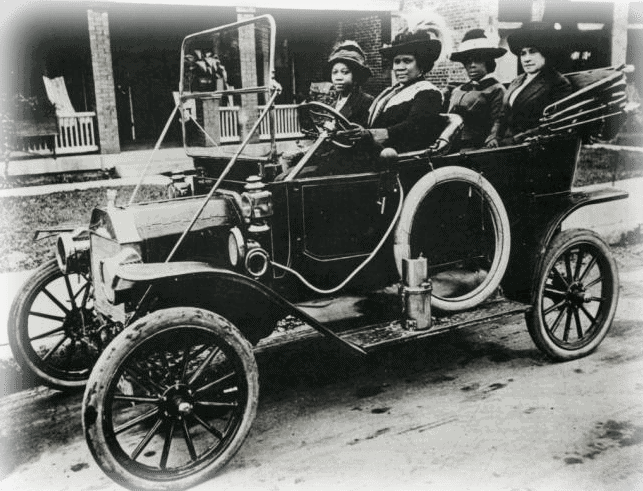During times when the present is bleak and the future appears frightening a glance at the past often provides solace. Throughout history, inspirational people assessed conditions which intimidated, and took action to overcome them. Some have been political or societal leaders, some scientists and researchers, and some simply people going about their daily lives, refusing to accept the status quo, and changing it for the better. Many have been women, during times when overt actions by women in politics, business, and other areas were generally frowned upon by society. Their actions continue to inspire today.

Here is a list of women who inspired their generations, changing society forever, and improving it for the generations which followed. No such list could be all-inclusive. Scores, perhaps hundreds, perhaps thousands, could be included. This list does not pretend to list them in any order of significance, and omission is not an indication that someone is not worthy of inclusion. With that caveat, here is a list of women who inspired generations and changed the world for the better.
1. Florence Nightingale

Florence Nightingale, an icon of the Victorian Era as the “Lady with a Lamp” of the Crimean War, founded the profession of nursing as it is known today. Before her activities treating the wounded during the war, nursing was not considered a profession at all, with society regarding women as nurses as degrading. Nightingale elevated nursing to a respected profession. She established the first secular nursing school in the world, established standards and ethics for nurses, and was one of the first medical professionals to insist on caregivers (and others) washing their hands frequently and thoroughly. In recent years some biographers and essayists downplayed her contributions to the profession, and claimed her efforts were exaggerated by the media of the time.
They ignore the contributions she made in the areas of proper nutrition, personal hygiene, and sanitary conditions as they impacted illness and recovery. In her seminal work on nursing, Notes on Nursing, Nightingale wrote, “Every day sanitary knowledge, or the knowledge of nursing, or in other words, of how to put the constitution in such a state as that it will have no disease, or that it can recover from disease, takes a higher place”. Following the Crimean War Nightingale led the movement to place qualified, trained nurses in the workhouses and orphanages in Victorian England. Nightingale’s reputation and written work inspired American nurses during the Civil War, and removed the disparaging public opinion of nurses for all time.

